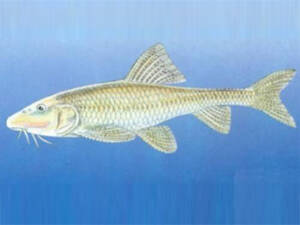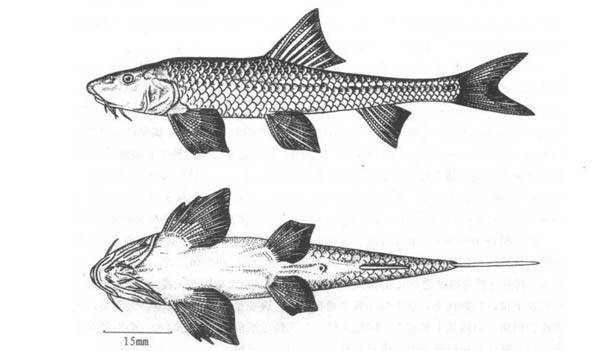
Name Gobiobotiahomalopteroidea Rendahl
Alias Gobiobotiahomalopteroidea Rendahl,eight-whiskergudgeon,Eight-bearded fish, pike
Family Cypriniformes Cyprinidae Cyprinus
Weight No verification information
The Latin scientific name of the flat-finned loach is Gobiobotiahomalopteroidea Rendahl, and its foreign name is eight-whiskergudgeon. It belongs to the genus Gobiobotiahomalopteroidea of the family Cyprinidae and is endemic to my country.

The flat-finned loach has high requirements for living conditions, and slight interference from external factors, such as soil erosion, increased sediment content and other changes in the water niche, will have a greater impact on its survival. Coupled with the harm caused by harmful fishing methods, the population size has been significantly reduced.
Listed in the "Red Data Book of Endangered Animals in China - Fishes", the endangerment level is: Endangered.
It is included in the "Red List of Chinese Species" and the endangered level is: Endangered (EN).
Protect wild animals and eliminate wild game.
Maintaining ecological balance is everyone’s responsibility!